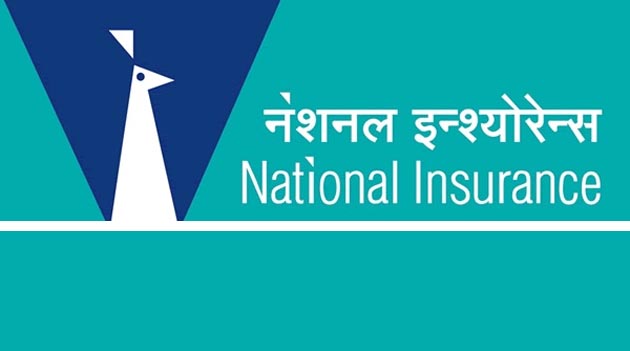NIC’s solvency ratio improved
The solvency ratio reflects a company’s finance capacity to meet its short and long term liabilities. It examines the Company’s buffer to settle all claims in extreme situations. Recently, the public sector unit National Insurance Company (NIC) has improved its solvency ratio from 1.26 (Sep 2016) to 1.9 (March 2017).
The Company had asked the Central Government’s approval to launch an IPO in the next financial year.
It has been mandated by the IRDAI to maintain a standard solvency ratio of 1.5.
To improve the ratio before IPO launch, NIC had exited 119 loss-making group health policies.
Sanath Kumar, chairman and managing director, said NIC was able to bring its core claims ratio down to 85.98 per cent in 2016-17 from 90.53 per cent in 2015-16.
The combined ratio indicating a non-life insurer’s total outflow on its net earned premium, stood at 134 % in FY17, even higher than the 132.27 per cent of FY16. Premiums grew 18.8 %, from 6.5 per cent in FY16, with gross premium earned reaching Rs 14,282 crores.
The investment portfolio moved up from Rs 21,760 in FY16 to Rs 25,413 crores in FY17. However, investment income went down by Rs 20-30 crores.
Sanath Kumar said the aim was to bring down the motor and health insurance business from 77 per cent of the total to 72 per cent, the sectoral standard. Also, to reduce the presence in health and focus more on crop insurance, having already written Rs 840 crores of policies in the Prime Minister’s Fasal Bima Yojana. The loss ratio in the health insurance business is 114 per cent; in motor insurance, less than 100 per cent.




Leave a Reply